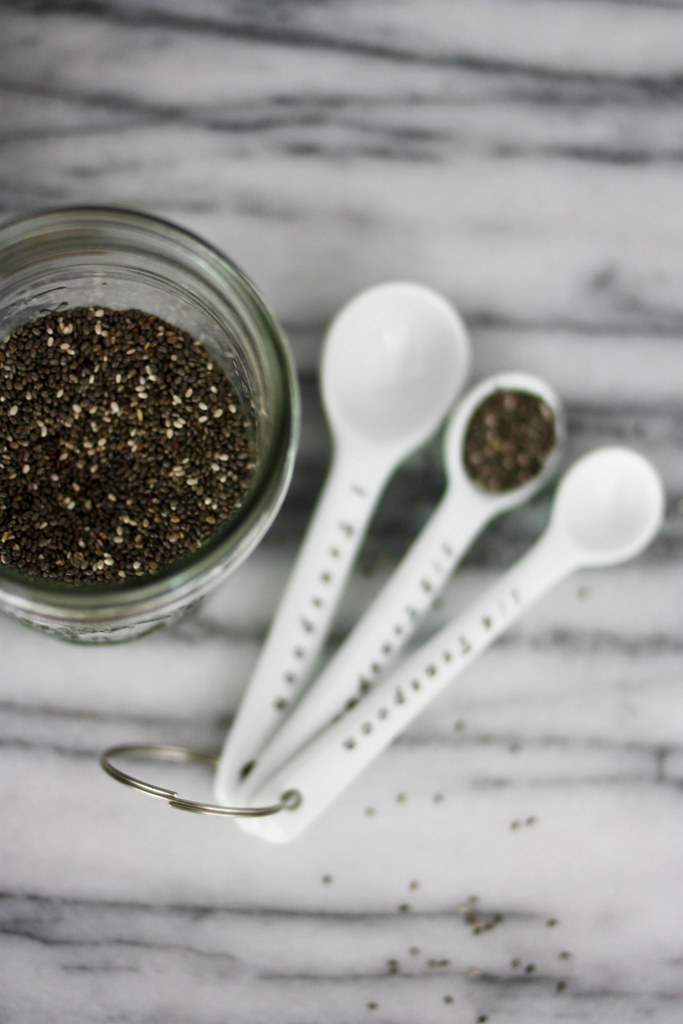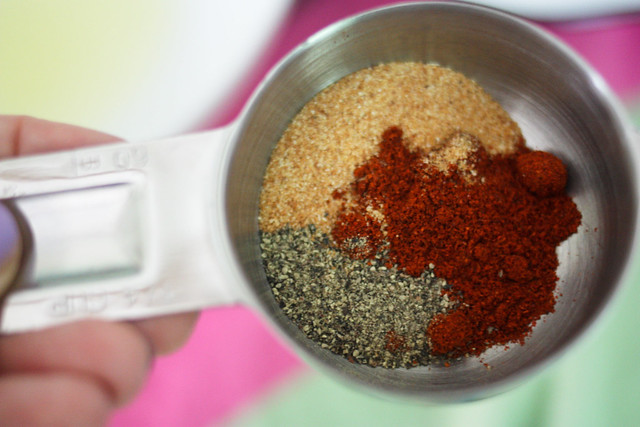TIPS + TRICKS FOR FEEDING YOUR FAMILY HEALTHY FOOD
Back at it with trying to lose this last pesky 15 lbs of baby weight. Sure love Matilda asking me why my tummy looks like there's a baby in there (awesome!). With the help of my friend Meghan as well as some wisdom from my whole30, I'm digging my heels back in. It is the best gift you can give your children to provide them with healthy eating habits. We are also knee deep in school germs and eating whole foods is the ultimate sickness deterrent (sidenote: my sweet friend is sending me some thieves oil which is apparently all the rage these days). Here are some really helpful tips + tricks from Meghan to help you feed your family healthy, amazing food with a budget in mind (we all have one right?). - Lesley

Whether you’re starting a whole30 journey or just trying to fit into your pre-baby jeans, here are a few of my favorite tips for eating healthier without losing your mommy-mind.
1. Shop and eat seasonally: This is not a just a farmer’s market ethos. Even your local mega-mart will sell seasonal produce at reduced rates during their peak season. Buying seasonally will also encourage you to try new foods. Buy peaches or green beans when they are less expensive this summer and try freezing them for future use. Design Mom posted a great tutorial on freezing fruits and vegetables.

2. Ethnic stores and bulk bins are your B.F.F.: With a little searching, you’re likely to find that your city offers more markets than just farmer’s market and the mega-mart. Find an ethnic grocery store near you – they sell amazing produce, local meats, nuts, and seeds at reduced prices. They are also a great resource for spices! You might also be surprised to learn that most major metro areas have “health food” stores other than Whole Foods. These markets usually have bulk bins where you can buy things like flake coconut, chia seeds, almond flour, even maple syrup for less than Whole Foods will. You can even bring your own pantry container to fill – just remember to weigh your empty jar (most bulk bin areas have scales) and note the weight of the jar before you fill it. Here’s a link to more buying in bulk tips.

3. Don’t forget your freezer: Look – we all know fresh is best; but having a bag of pre-chopped frozen broccoli in your freezer when you-just-need- to-get-dinner-on-the-table-like-now can keep your healthy eating on track even on the worst Monday. Also frozen fruit makes smoothies smoothie-er and will help make a nutritious breakfast fast. Try one new thing every week: Every home cook should do this! It doesn’t have to be a whole new menu or new recipe – even just one new ingredient can keep you from falling into the healthy eating rut! I recently rediscovered jicama – peeled, sliced, and sprinkled with salt and lime – and it got me out of a long bad potato chip spell.
4. Don’t forget fresh herbs, spices, citrus, or salt: Herbs and spices are highly under utilized in our busy kitchens, but they can impart so much flavor even in a small quantity. Flavor is especially important when you’re trying to cut bad fat and carbohydrates from your diet. A little citrus can also do wonders for bland dishes. Try a squeeze of lemon on the Almond Flour Chicken Fingers we’ll be sharing in this series or a little bit of lime zest on your roasted sweet potatoes. Salt is an important component to flavor – it can bring out the herby flavor in savory dishes or play up the sweetness of sweet dishes (without added sugar!). I’m a fan of keeping both kosher salt and sea salt in my pantry and Lesley just introduced me to Real Salt – which is worth seeking out for its incredible mineral properties.

5. Have healthy snacks at the ready: Many healthier eaters have been ruined by unprepared snack times! Pre-portion a weeks worth of your favorite nuts, fruits, or vegetables and keep them stocked in your fridge, pantry or diaper bag. If you have older children – they can help prepare some snacks and even learn to help themselves to these healthier treats. Try pairing our Coconut Milk Ranch Dip with chopped fresh veggies – a favorite in our house. More healthy snack ideas here.

6. Take it easy: If trying the whole30 seems daunting – focus on adopting one small healthy habit every week. Try eating more fruits and veggies one week and reducing refined grains the next. Also consider trying a 75/25 approach – eat dairy and grain free from breakfast through your afternoon snack and let dinner be a health version of your family’s favorites –pasta and all.
7. Set the example: Our children should be our greatest motivators for eating healthy! When you’re having a weak moment, think about how you want your children to grow up and use that image to stay on track. When trying to get our children to eat healthier, it’s important that we do the same. Don’t try to feed the little ones steamed broccoli and grilled chicken, while you have wine and cheese for dinner.

8. Don’t give up: Despite your best intentions – you will fall off the healthy wagon from time to time. If you have too much wine and chocolate at book club or indulge too much on vacation – don’t quit! Forgive yourself. Tomorrow (or next week…) is a whole new day to start again.
Find more of Meghan here: blog, twitter, pinterest, instagram.
twitter/ facebook/ pinterest/ instagram/ bloglovin'

Whether you’re starting a whole30 journey or just trying to fit into your pre-baby jeans, here are a few of my favorite tips for eating healthier without losing your mommy-mind.
1. Shop and eat seasonally: This is not a just a farmer’s market ethos. Even your local mega-mart will sell seasonal produce at reduced rates during their peak season. Buying seasonally will also encourage you to try new foods. Buy peaches or green beans when they are less expensive this summer and try freezing them for future use. Design Mom posted a great tutorial on freezing fruits and vegetables.

2. Ethnic stores and bulk bins are your B.F.F.: With a little searching, you’re likely to find that your city offers more markets than just farmer’s market and the mega-mart. Find an ethnic grocery store near you – they sell amazing produce, local meats, nuts, and seeds at reduced prices. They are also a great resource for spices! You might also be surprised to learn that most major metro areas have “health food” stores other than Whole Foods. These markets usually have bulk bins where you can buy things like flake coconut, chia seeds, almond flour, even maple syrup for less than Whole Foods will. You can even bring your own pantry container to fill – just remember to weigh your empty jar (most bulk bin areas have scales) and note the weight of the jar before you fill it. Here’s a link to more buying in bulk tips.

3. Don’t forget your freezer: Look – we all know fresh is best; but having a bag of pre-chopped frozen broccoli in your freezer when you-just-need- to-get-dinner-on-the-table-like-now can keep your healthy eating on track even on the worst Monday. Also frozen fruit makes smoothies smoothie-er and will help make a nutritious breakfast fast. Try one new thing every week: Every home cook should do this! It doesn’t have to be a whole new menu or new recipe – even just one new ingredient can keep you from falling into the healthy eating rut! I recently rediscovered jicama – peeled, sliced, and sprinkled with salt and lime – and it got me out of a long bad potato chip spell.
4. Don’t forget fresh herbs, spices, citrus, or salt: Herbs and spices are highly under utilized in our busy kitchens, but they can impart so much flavor even in a small quantity. Flavor is especially important when you’re trying to cut bad fat and carbohydrates from your diet. A little citrus can also do wonders for bland dishes. Try a squeeze of lemon on the Almond Flour Chicken Fingers we’ll be sharing in this series or a little bit of lime zest on your roasted sweet potatoes. Salt is an important component to flavor – it can bring out the herby flavor in savory dishes or play up the sweetness of sweet dishes (without added sugar!). I’m a fan of keeping both kosher salt and sea salt in my pantry and Lesley just introduced me to Real Salt – which is worth seeking out for its incredible mineral properties.

5. Have healthy snacks at the ready: Many healthier eaters have been ruined by unprepared snack times! Pre-portion a weeks worth of your favorite nuts, fruits, or vegetables and keep them stocked in your fridge, pantry or diaper bag. If you have older children – they can help prepare some snacks and even learn to help themselves to these healthier treats. Try pairing our Coconut Milk Ranch Dip with chopped fresh veggies – a favorite in our house. More healthy snack ideas here.

6. Take it easy: If trying the whole30 seems daunting – focus on adopting one small healthy habit every week. Try eating more fruits and veggies one week and reducing refined grains the next. Also consider trying a 75/25 approach – eat dairy and grain free from breakfast through your afternoon snack and let dinner be a health version of your family’s favorites –pasta and all.
7. Set the example: Our children should be our greatest motivators for eating healthy! When you’re having a weak moment, think about how you want your children to grow up and use that image to stay on track. When trying to get our children to eat healthier, it’s important that we do the same. Don’t try to feed the little ones steamed broccoli and grilled chicken, while you have wine and cheese for dinner.

8. Don’t give up: Despite your best intentions – you will fall off the healthy wagon from time to time. If you have too much wine and chocolate at book club or indulge too much on vacation – don’t quit! Forgive yourself. Tomorrow (or next week…) is a whole new day to start again.
Find more of Meghan here: blog, twitter, pinterest, instagram.
twitter/ facebook/ pinterest/ instagram/ bloglovin'
